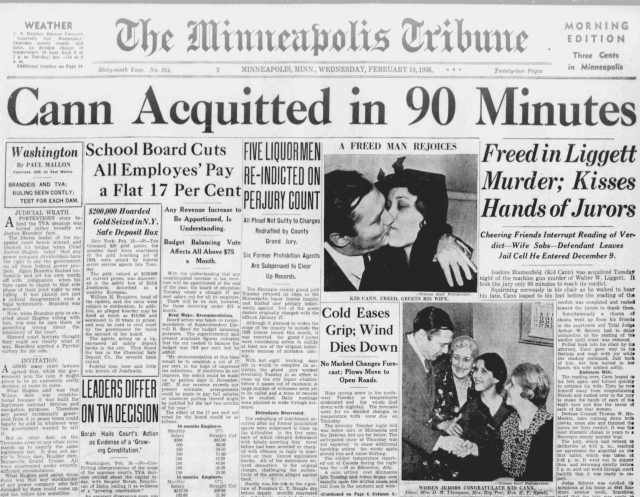Some Known Factual Statements About News Articles
Table of ContentsThe Only Guide for News ArticlesThe Single Strategy To Use For News ArticlesFascination About News ArticlesThe 8-Minute Rule for News ArticlesOur News Articles Ideas
Great expertise of various subjects offers trainees an affordable edge over their peers. Despite the fact that digital and social media are readily accessible, we need to not fail to remember exactly how vital it is to check out the newspapers. Parents need to attempt and inculcate the practice of reading a paper as a daily routine to continue the tradition of the revered print medium.News tales likewise contain at least one of the adhering to essential characteristics loved one to the intended target market: distance, prestige, timeliness, human interest, oddity, or repercussion.
Within these limitations, newspaper article also intend to be extensive. However, various other variables are entailed, some stylistic and some originated from the media form. Amongst the larger and much more highly regarded newspapers, fairness and balance is a major element in providing details. Commentary is usually confined to a different area, though each paper might have a different general slant.
Newspapers with an international audience, for instance, often tend to use an extra official style of writing. The particular selections made by an information electrical outlet's editor or editorial board are often collected in a design guide; usual design overviews include the and the US News Design Book. The primary objectives of news writing can be summarized by the ABCs of journalism: precision, brevity, and quality.
What Does News Articles Do?
As a regulation, reporters will certainly not utilize a lengthy word when a short one will do. They use subject-verb-object construction and brilliant, energetic prose (see Grammar). They use stories, examples and metaphors, and they seldom rely on generalizations or abstract ideas. News authors attempt to stay clear of utilizing the same word more than when in a paragraph (occasionally called an "echo" or "word mirror").
Nonetheless, headlines in some cases leave out the subject (e.g., "Leaps From Watercraft, Catches in Wheel") or verb (e.g., "Pet cat lady lucky"). A subhead (likewise subhed, sub-headline, subheading, subtitle, deck or dek) can be either a secondary title under the main heading, or the heading of a subsection of the post. It is a heading that comes before the main text, or a group of paragraphs of the primary message.

Extra signboards of any of these kinds may appear later in the write-up (specifically on succeeding web pages) to attract more reading. Such billboards are also utilized as tips to the post in various other sections of the publication or website, or as ads for the item in other publication or sites. Normal structure with visit title, lead paragraph (summary in bold), various other paragraphs (information) and get in touch with information.

Example of a hard-lead paragraph NASA is recommending an additional room task. The spending plan requests approximately $10 billion for the project.
An "off-lead" is the second most important front page information of the day. To "hide the lead" is to start the short article with history details or details of additional value to the viewers, compeling them to check out even more deeply into a post than they should have to in order to uncover the vital factors.
The 45-Second Trick For News Articles
Typical use is that one or two sentences each create their own paragraph. Journalists normally describe the organization or framework of a newspaper article as an inverted pyramid. The necessary and most fascinating elements of a story are placed at the start, with supporting info complying with in order of decreasing importance.
It allows people to explore a subject to only the deepness that their curiosity takes them, and without the imposition of information or nuances that they might take into consideration pointless, but still making that details available to more interested readers. The inverted pyramid structure likewise enables posts to be cut to any approximate length throughout format, to suit the area available.
Some authors start their stories with the "1-2-3 lead", yet there are numerous kinds of lead available. This style inevitably begins with a "5 this content Ws" opening paragraph (as described News Articles over), adhered to by an indirect quote that offers to support a major aspect of the initial paragraph, and afterwards a straight quote to support the indirect quote. [] A kicker can describe several things: The last tale current broadcast; a "satisfied" tale to end the program.
Longer short articles, such as publication cover articles and the items that lead the inside sections of a newspaper, are known as. Function tales differ from straight information in a number of methods.
News Articles for Beginners
The journalist often information interactions with meeting subjects, making the piece a lot more individual. A function's very first paragraphs frequently relate a fascinating minute or occasion, as in an "anecdotal lead". From the details of a person or episode, its sight rapidly broadens to generalizations about the tale's subject. The section that indicates what an attribute has to do with is called the or billboard.

The Editor's Toolbox: A Recommendation Overview for Beginners and Professionals (2001) Allan M. Siegal and William G. Connolly. The New York City Times Handbook of Style and Use: The Official Style Overview Made Use Of by the Writers and Editors of the World's A lot of Authoritative Paper (2002) M. L. Stein, Susan Paterno, and R.